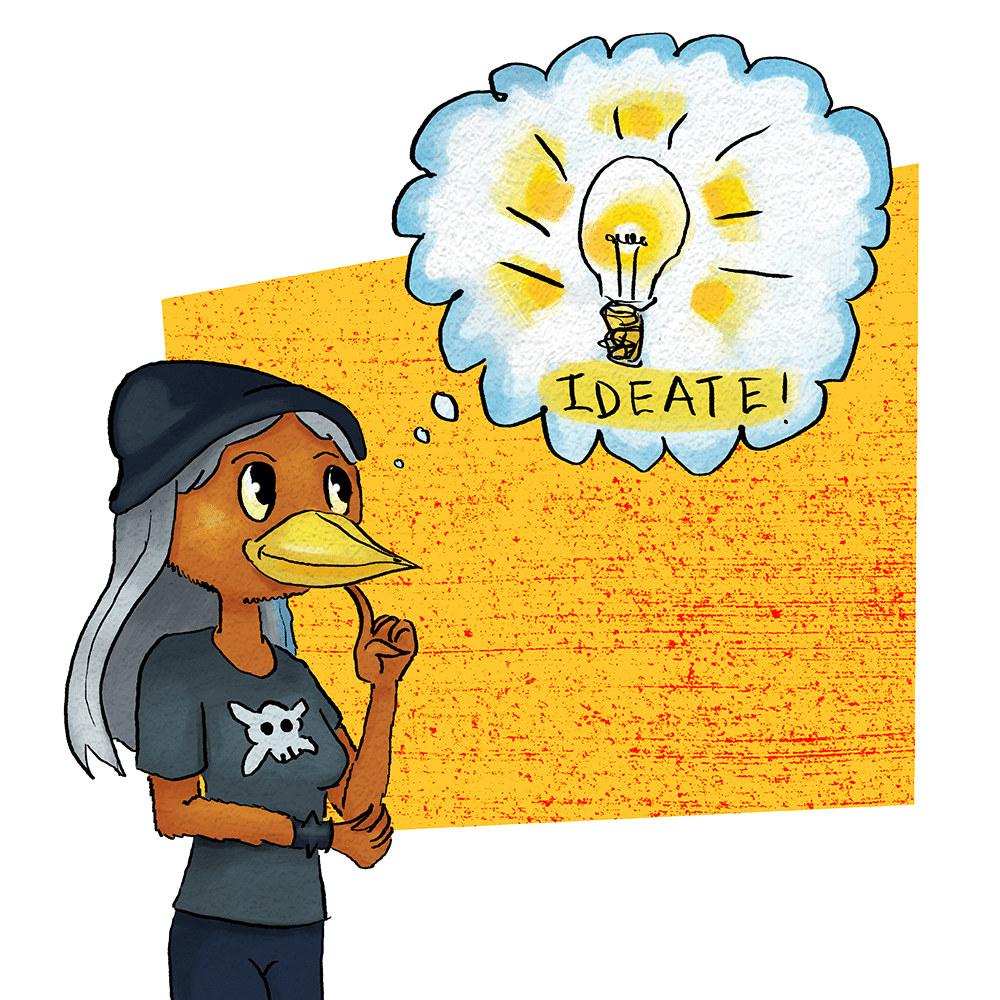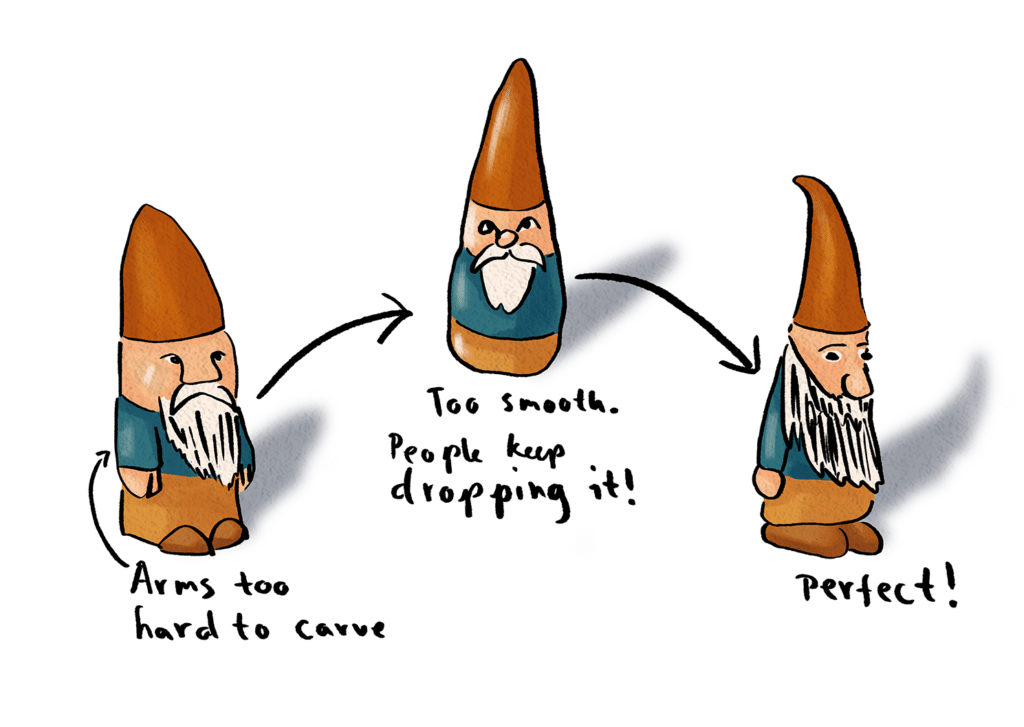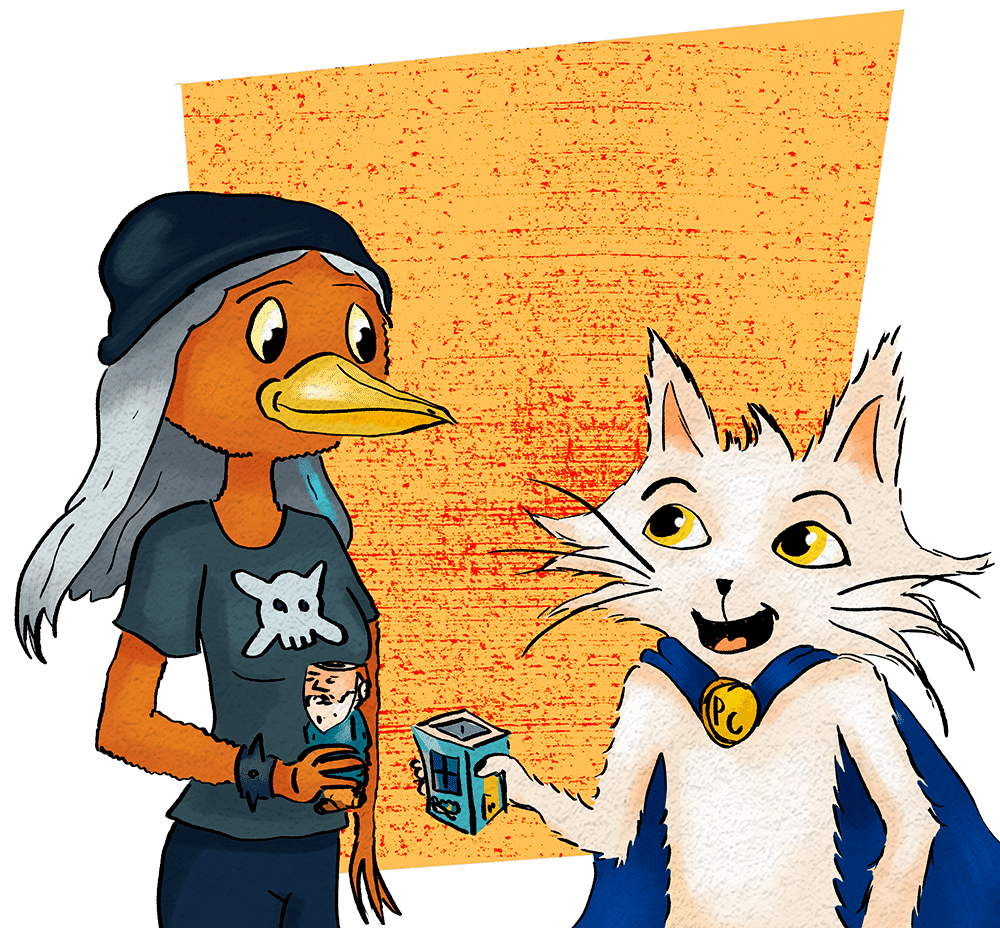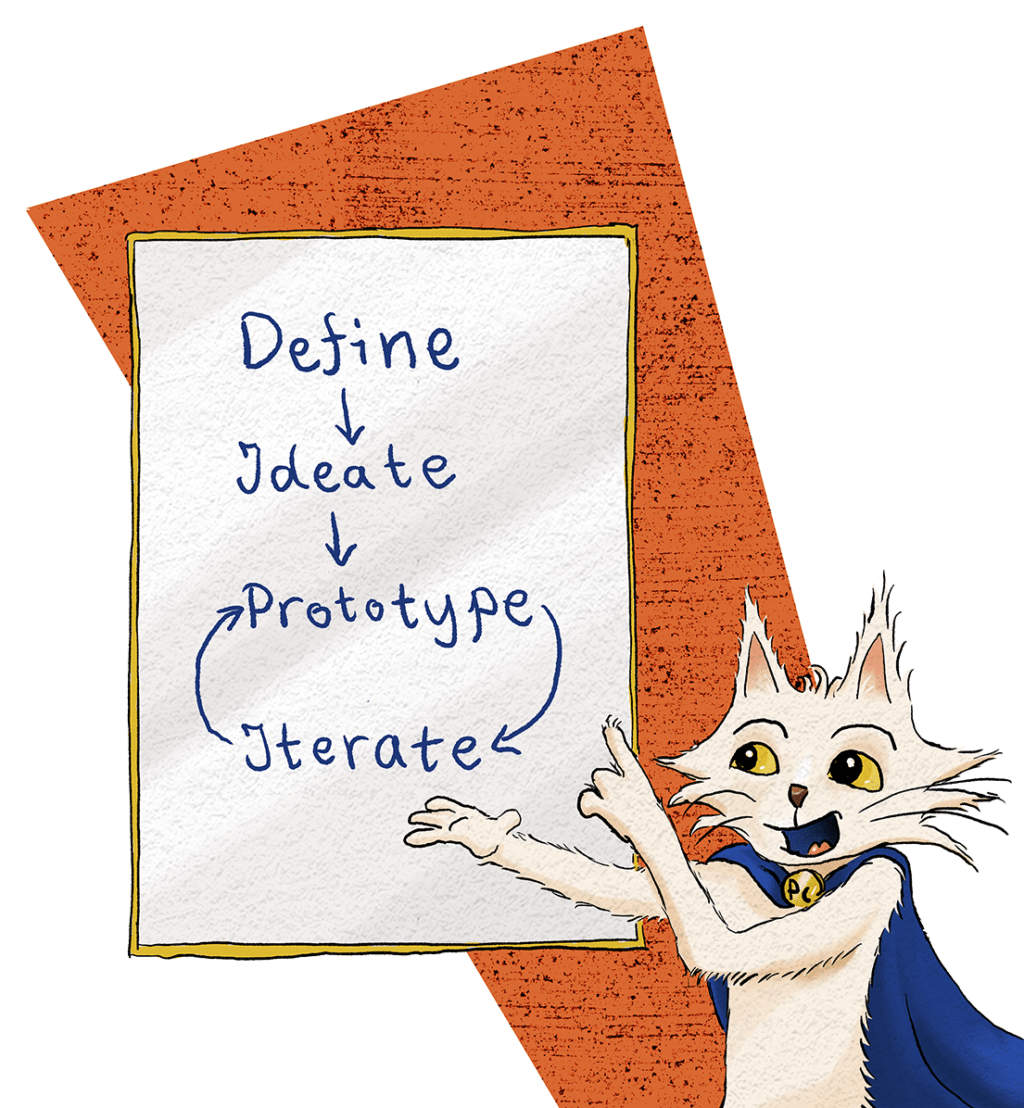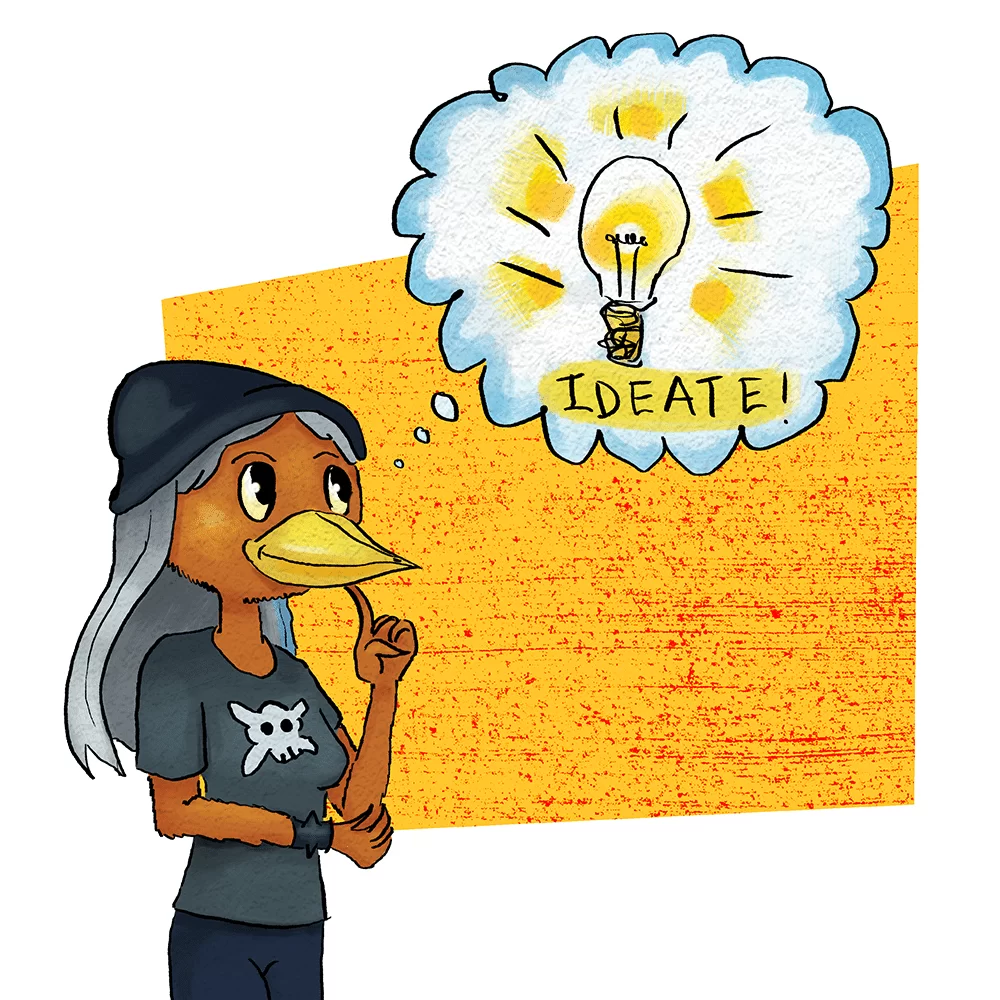
You want to design a new product. Design Thinking can help! In the last article, you learned the first 2 steps of the Design Thinking process: Define the Problem and Identify Constraints. The next step is Ideation. If you’ve been following along, you remember that Rhonda decided to make a Secret Beer Mug out of wood.
So what’s next?
Brainstorm Solutions!
This probably sounds obvious when you hear it, but the next step is to start thinking of solutions to your defined problem.
And believe it or not, the best way to end up with a good idea is to not focus on coming up with a good idea!

Yes, that’s right. An industry study found that focusing on coming up with the MOST ideas (rather than the best ideas) and then choosing the best of those is the way to end up with the best ideas.
Ok, so how do you do that? Well, luckily there are some tools that you can use to help organize your thinking.
Ideation Tool: The List of 10
Yes, the list of 10 is literally just forcing yourself to come up with 10 different ideas as fast as possible. Write and/or sketch the ideas, whatever makes sense to you.
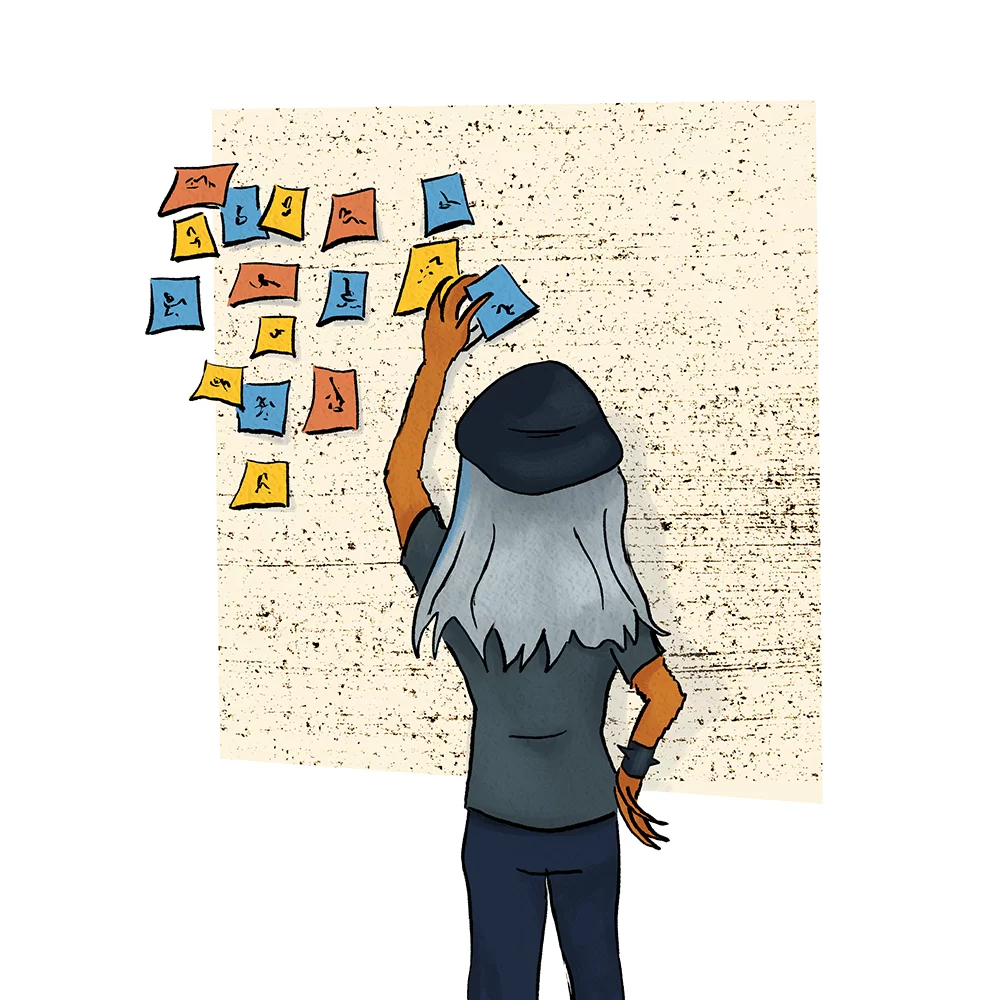
Here are some examples:
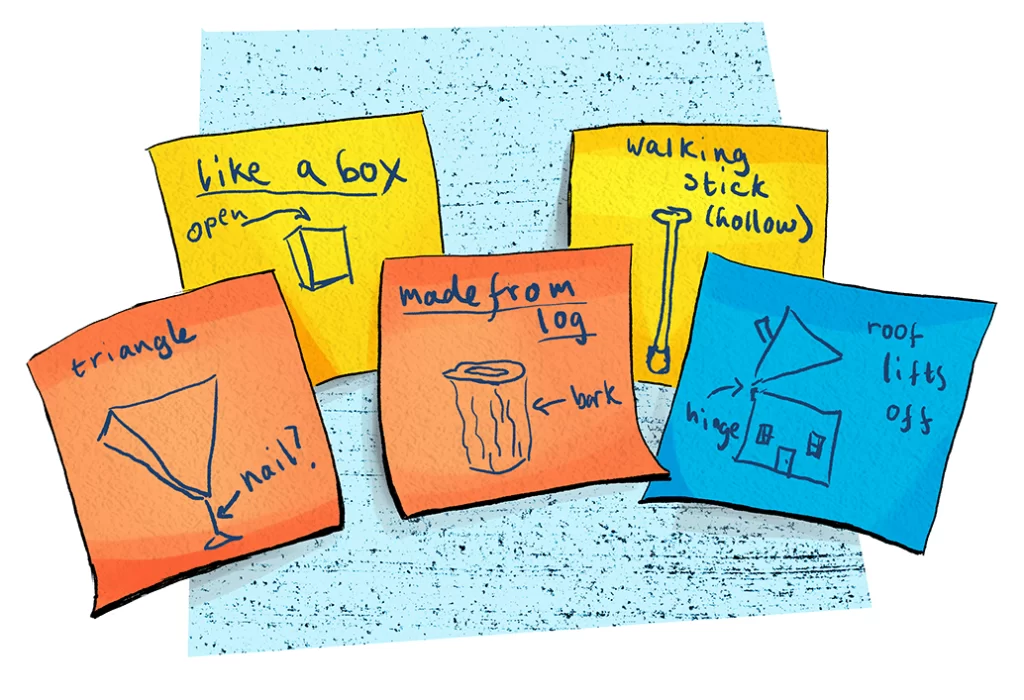
It’s important during this part of the process to not focus on which ideas are “good” or “bad.” Your only focus should be on getting enough ideas as fast as you can. But in the next step…
Choose the Best Ideas.
Yes that’s right, the next step is to choose a few top ideas to further develop. Depending on the situation, you may want to simply pick your favorite. (Real-world example: this is the approach I usually take when choosing a blog topic to write about.) You may choose to bounce the ideas off a friend or family member, an advisor, or a potential customer.
Or you may choose to be a little more formal with your selection process. And tools exist for that too! For example…
The 2×2 Matrix
With the 2×2 Matrix, you make a chart with any two parameters that are important to your project.
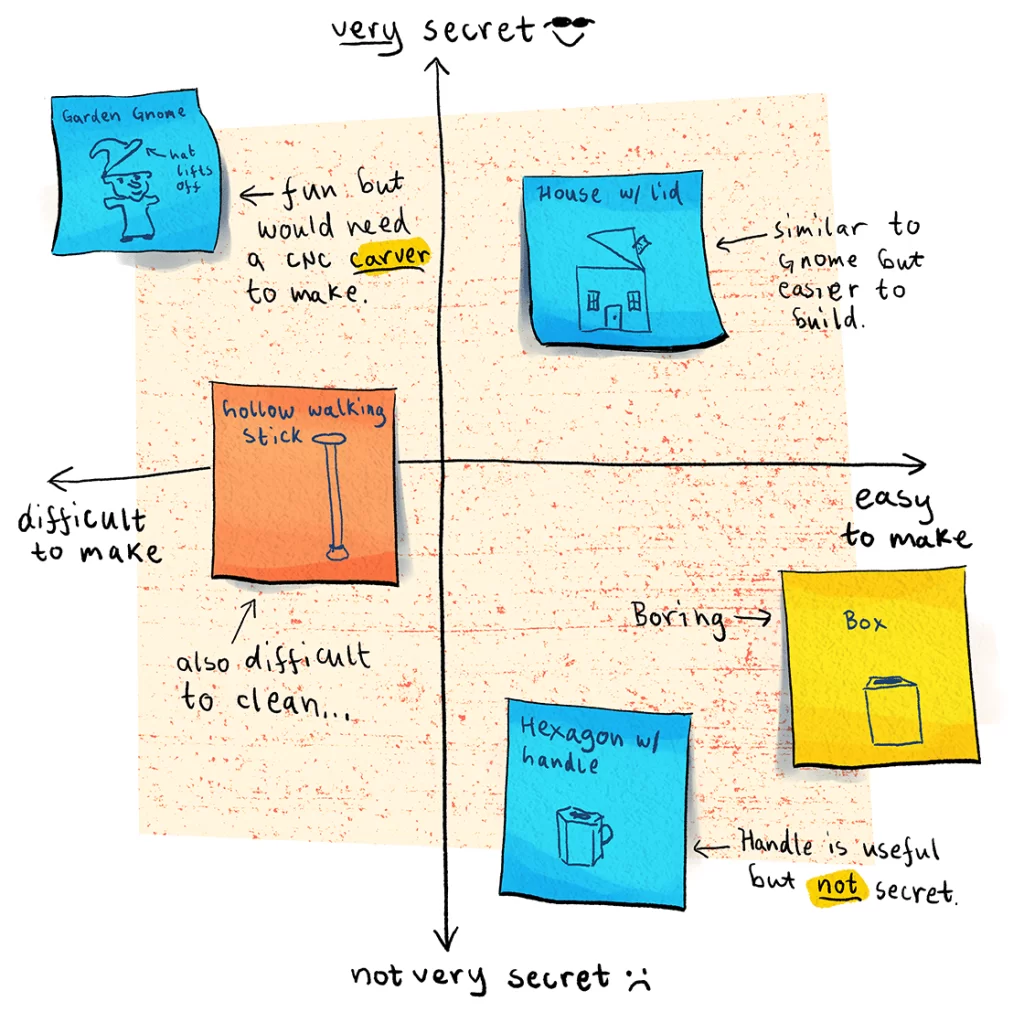
You can use the 2×2 Matrix with whatever criteria you want. The point is, you use the tool to help you organize your thinking around which of your ideas are the best. Then you will select one or a few that you develop to the next step.
In going through this process, Rhonda realized that she can really only consider those ideas that are Secret or Very Secret. Because no matter how easy it is to make, there’s no use for a Secret Beer Mug that isn’t secret! Basically, she realized that one of the parameters on her 2×2 Matrix was negotiable and the other one wasn’t. You may find something similar!
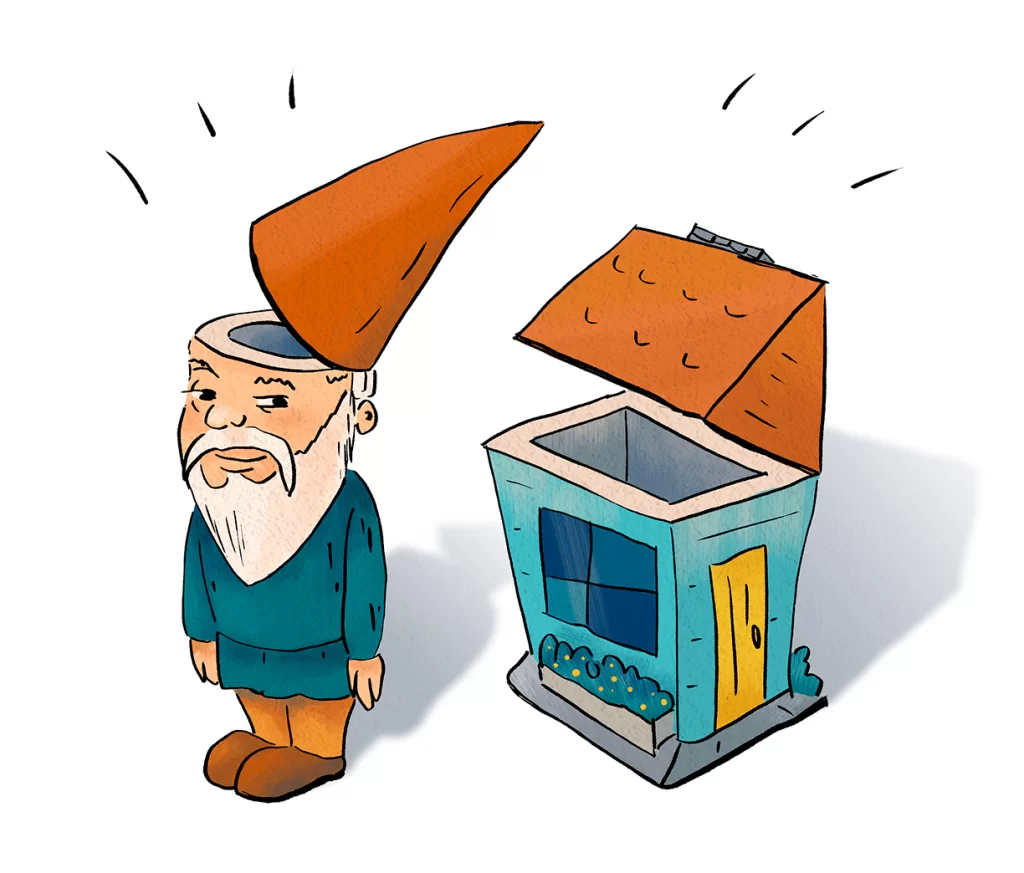
Once you’ve chosen your top ideas, the next steps are Prototyping, Testing, and Iterating. Exciting stuff! But we’ll save that for the next article.
Weekly Challenge:
Try some of the above-mentioned tools the next time that you’re stuck trying to come up with ideation. And remember to focus on coming up with MORE ideas rather than better ideas in the first step.
PS. Want to find out about more tools like the ones discussed? Check out books like
Or
